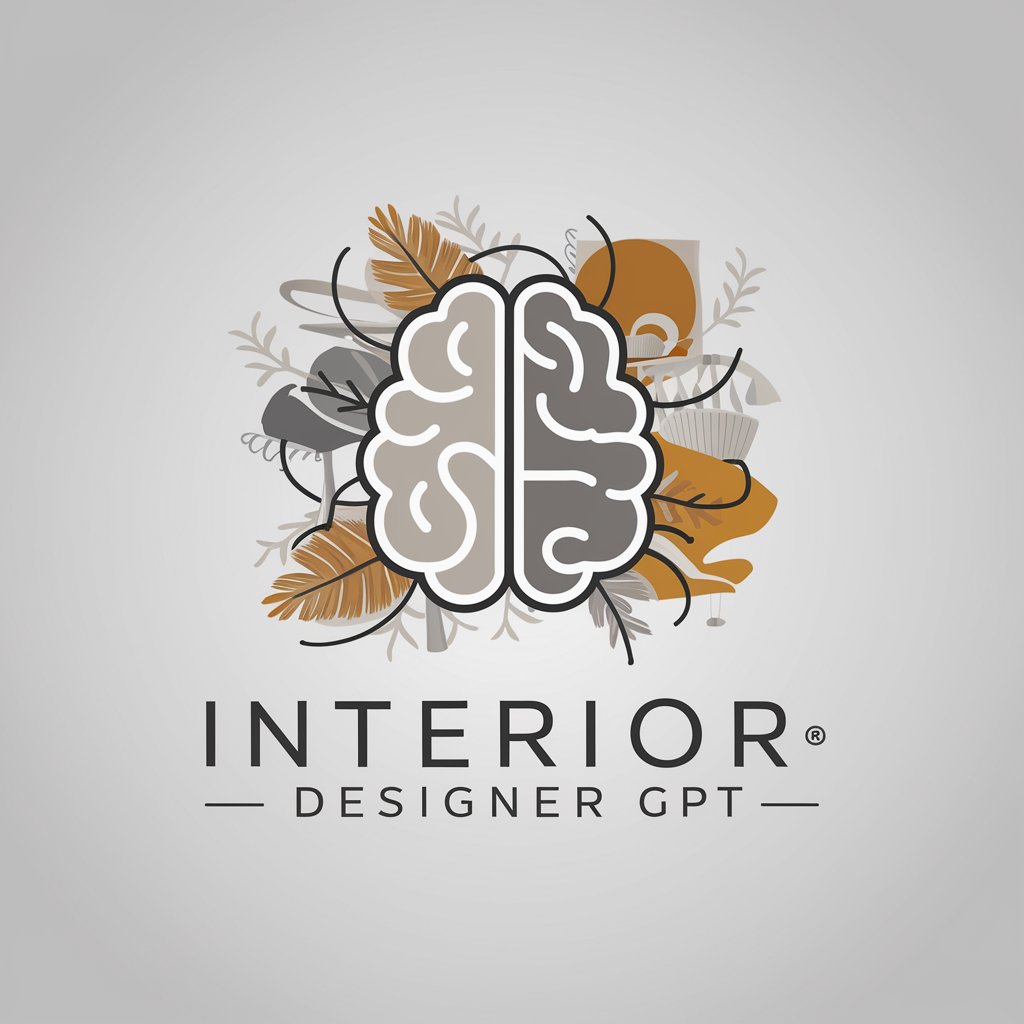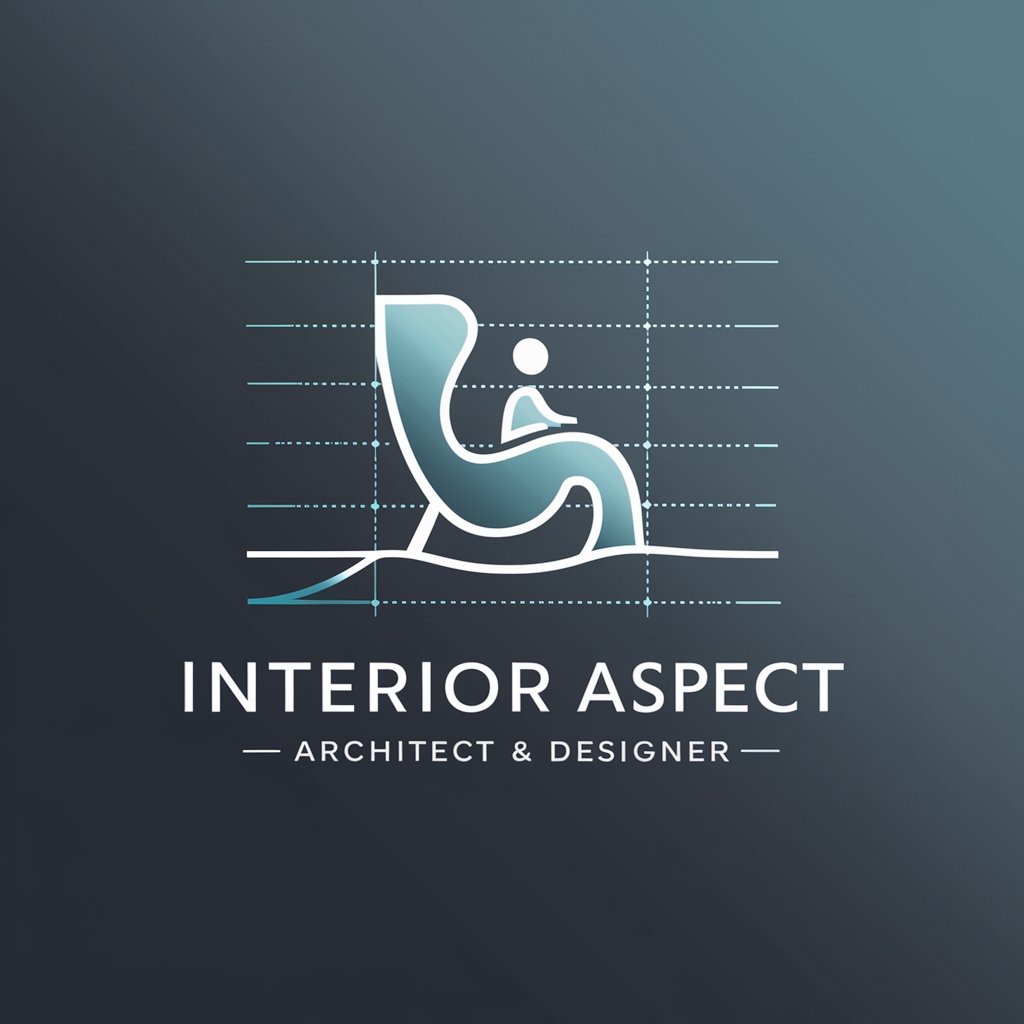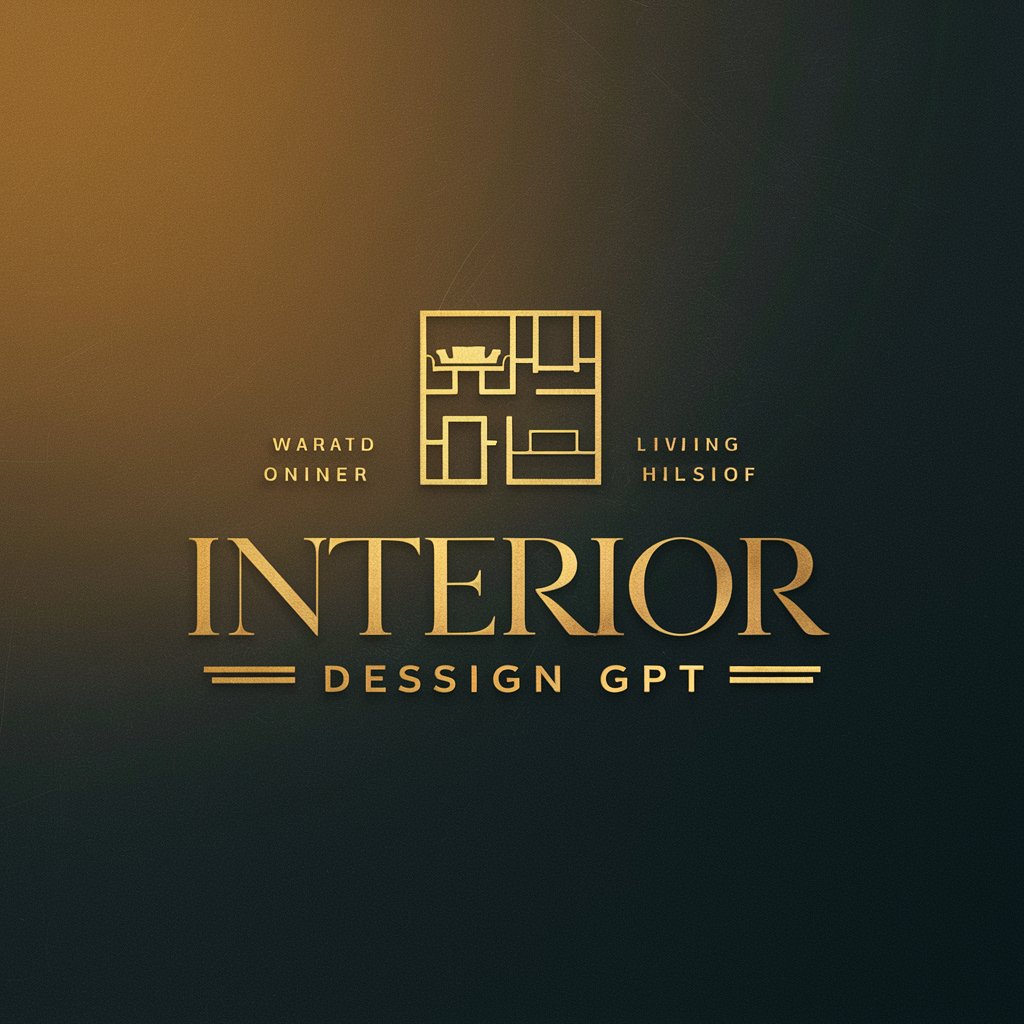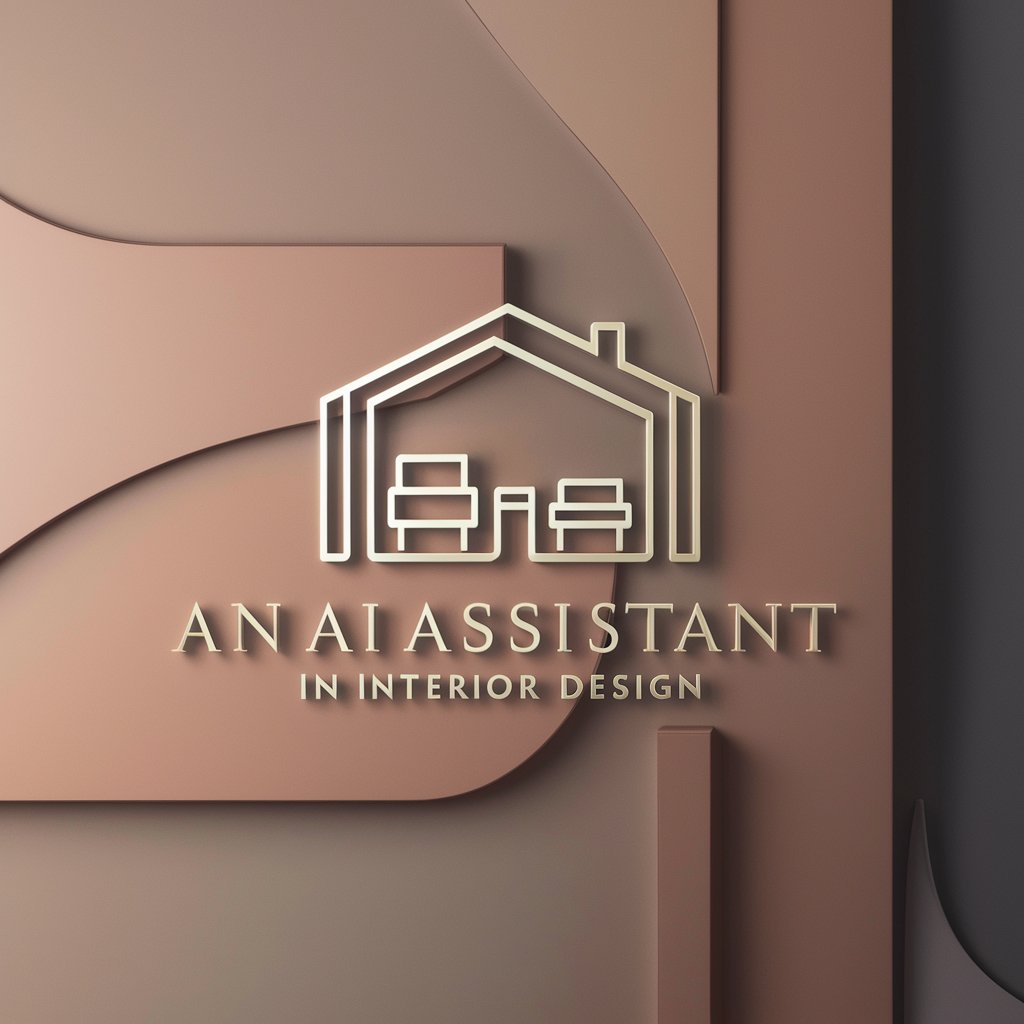
Interior Design Synthesist - theoretical, and practical interior design insights

Welcome to a new dimension of interior design.
Blending theory with aesthetics for transformative interior spaces.
Explore the concept of 'space enclosure' in modern interior design...
Discuss the influence of Japanese aesthetics on contemporary interior spaces...
Analyze the role of 'sight-depth' in creating immersive interior environments...
Examine how the philosophy of Gilles Deleuze can inform interior design practices...
Get Embed Code
Interior Design Synthesist: An Overview
The Interior Design Synthesist integrates Gilles Deleuze's theoretical perspectives, Japanese aesthetics, and the contemplative aspects of Hiroshi Sugimoto's work to offer nuanced insights into interior design. By examining concepts such as 'space enclosure,' 'sight-depth,' and 'keshiki' (landscape), this approach emphasizes a multidisciplinary understanding that values the temporal, spatial, and philosophical dimensions of interior spaces. Examples include analyzing tea rooms through CAD models to understand their spatial enclosure and sight-depth, employing Self-Organizing Maps and phylogenetic tree construction to delve deeper into the aesthetics of space. Powered by ChatGPT-4o。

Core Functions and Applications
Spatial Analysis and Design Inspiration
Example
Utilizing 'space enclosure' and 'sight-depth' principles, the Interior Design Synthesist offers innovative design inspirations for residential and commercial spaces, focusing on how these elements affect human experience and interaction within a space.
Scenario
Designers can apply these principles to create interiors that foster a sense of intimacy and expansiveness appropriate to the function of each room, enhancing both aesthetic appeal and practical usability.
Aesthetic Integration
Example
Incorporating the concept of 'keshiki' into design projects, this approach helps in selecting materials and textures that contribute to the overall 'landscape' within an interior space, creating environments that resonate with Japanese aesthetic sensibilities and Deleuze's philosophy.
Scenario
This function is particularly useful in designing spaces that seek to blur the boundaries between indoors and outdoors, using materials and designs that evoke natural landscapes within urban settings.
Interdisciplinary Collaboration
Example
Facilitating collaboration between architects, designers, and scholars to foster a holistic approach to interior design, drawing on insights from philosophy, art, and technology.
Scenario
This collaborative approach is applied in projects that aim to redefine public spaces, such as museums or galleries, ensuring that every aspect of the interior design contributes to a cohesive and engaging experience for visitors.
Target User Groups
Interior Designers and Architects
Professionals looking to infuse their projects with depth and philosophical underpinnings, moving beyond traditional aesthetics to create spaces that offer unique experiences and reflect complex conceptual foundations.
Academics and Students
Scholars and students of architecture and design disciplines interested in exploring the intersections between interior design, philosophy, and aesthetics, seeking to apply theoretical concepts to practical design challenges.
Cultural Institutions
Museums, galleries, and other institutions aiming to redesign or create spaces that engage visitors on multiple levels, integrating art, philosophy, and design to enhance the cultural experience.

Using Interior Design Synthesist
Step 1
Visit yeschat.ai for a free trial, no need for ChatGPT Plus or any login.
Step 2
Provide detailed descriptions or questions about interior spaces, focusing on aspects like 'space enclosure', 'sight-depth', or 'keshiki'.
Step 3
Include any specific theoretical perspectives or aesthetic principles you are interested in, such as those from Deleuze or Japanese aesthetics.
Step 4
Ask for visual concepts or design advice, specifying if you're looking for practical solutions or theoretical insights.
Step 5
Review the synthesized insights and visualizations provided, using them to refine your understanding or to guide your interior design project.
Try other advanced and practical GPTs
GPT-R&D
Empowering research with AI precision

Personal Fitness Coach
AI-Powered Custom Fitness Plans

Science Synthesizer
Empowering scientific discovery with AI.

Article Synthesis Expert
AI-powered insights from complex information

Synthesizer Sage
Elevate Insights with AI-Powered Synthesis

Master Strategists' Wisdom Synthesizer
Strategic wisdom, AI-powered.

Blueprint Protocol
Empowering efficiency through AI

Symphony Protocol Coder
Effortless IR protocol encoding and decoding.

Quantum Communication Protocol Simulator
Simulate Quantum Protocols with AI

Electric Energy Protocol Assistant
Deciphering China's State Grid Protocols with AI

Markdown Protocol Wizard
Crafting Protocols with AI Precision

Protocol Synthesizer
Tailoring Experimental Protocols with AI

Q&A about Interior Design Synthesist
What is 'space enclosure' in interior design?
Space enclosure refers to the way an interior space is defined and bounded by its walls, ceilings, and floors, influencing the perceived volume and function of the space.
How does 'sight-depth' affect interior design?
'Sight-depth' impacts the perception of space depth and distance, enhancing or compressing visual perspectives within an interior, which can alter the room's ambiance and functionality.
What is 'keshiki' in the context of interior design?
In interior design, 'keshiki' can refer to the orchestrated view or landscape within a space, including visual and material textures that contribute to the overall aesthetic experience.
Can you explain how Deleuze's theories apply to interior design?
Deleuze's theories, particularly on rhizomes and smooth vs. striated space, can inspire non-linear, flexible design approaches that emphasize fluidity, connection, and multiplicity in interior spaces.
How does Japanese aesthetics influence modern interior design?
Japanese aesthetics, with its focus on minimalism, natural materials, and the seamless integration of indoor and outdoor spaces, influences modern design by prioritizing harmony, simplicity, and functionality.





